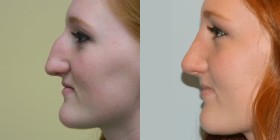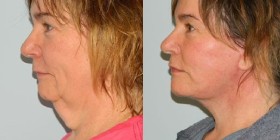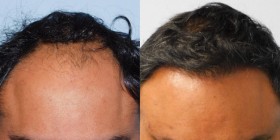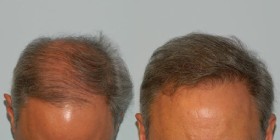Facelift surgery is becoming more and more popular as society puts a greater premium on a youthful, attractive appearance. Patients are requesting facelifts at a younger age to maintain their looks. Stories abound in the media of the need to maintain a youthful appearance to prevent age discrimination in the workplace. Studies have shown that more attractive, youthful appearing people have more opportunities and success at work. The three most common reasons that I see for patients seeking a facelift are:
1) simply wanting to set back the clock to look the same as years earlier, 2) to invest in a youthful appearance to advance in the workplace, 3) to look great for an upcoming event such as a child’s wedding. I often hear patients say that they feel the same as they did years before and they want their appearance to match how they feel.
Contents
The Consultation
During the consultation, I listen to the patient’s concerns, evaluate the extent of facial aging and then recommend which procedure would make the most sense. I show patients before and after photos of patients that I have worked on who have similar degrees of aging. I also do computer imaging to simulate the results of a facelift on a digital image of the patient. I also make recommendations for other procedures which would complement a facelift such as blepharoplasty (eyelid surgery), browlift, chin augmentation, liposuction and Fraxel Repair laser resurfacing. I also evaluate the patient’s medical condition to determine the best location for their surgery-office, surgicenter or hospital.
Mini vs. Traditional Facelift
I do two types of facelifts. The Mini-Facelift and the Traditional Facelift. Both procedures address the deeper muscle laxity, jowling and loose skin that comes with aging through incisions in the natural creases around the ears. The Mini-Facelift is a great procedure for the patient who has skin and muscle laxity without a large collection of fat in the neck. The Mini-Facelift is often performed in my office under local anesthesia, but some patients prefer to go to sleep at the surgicenter. In patients with a small fat collection under the chin, submental liposuction is added to the mini-facelift.
The Traditional Facelift
The Traditional Facelift is the procedure of choice for patients who have a heavy, fatty neck with a large degree of muscle laxity. This procedure has an incision under the chin combined with incisions around the ears that allows the fatty tissue in the neck to be removed and for the muscles that have sagged to be tightened to give the most rejuvenated neck and face. This procedure is done with the patient asleep at the surgicenter or hospital.
What To Expect After Surgery
While any surgery has some post operative pain, facelift surgery is not very painful. I give Tylenol#3 (gentle prescription pain medication) for a few days after surgery. Many pateints use only plain Tylenol or nothing after surgery. I have patients take it easy (no excercising, bending or lifting) for 2 weeks after surgery. After the first 2 weeks, patients get back to their normal activities. I have patients sleep with their heads elevated for the first week after surgery and I ask them not to lay on either cheek for 3 weeks after surgery. I also tell patients not to turn their heads all of the way so as not to stretch out the tightened muscles for the first 6 weeks after surgery.
Conclusion
A facelift is a great way for a patient to maintain or restore a youthful appearance. When patients look better, they feel better, are happier and more productive.






